Growing Geriatric Population
The increasing geriatric population is a significant driver for the Dental Bone Graft Market. As individuals age, they are more susceptible to dental issues, including bone loss and tooth decay, which often require bone grafting for effective treatment. The World Health Organization projects that the number of people aged 60 years and older will reach 2 billion by 2050, highlighting a substantial market opportunity. This demographic shift is likely to result in a higher demand for dental implants and associated procedures, thereby propelling the growth of the dental bone graft market. The need for effective solutions to address age-related dental challenges underscores the importance of this market.
Rising Aesthetic Consciousness
The growing emphasis on aesthetic dentistry is driving the Dental Bone Graft Market. Patients are increasingly seeking dental implants and cosmetic procedures to enhance their smiles, which often necessitates bone grafting. The market is projected to witness substantial growth as more individuals prioritize dental aesthetics. In fact, the aesthetic dentistry segment is expected to account for a significant share of the overall dental market, with bone grafting playing a crucial role in successful implant placements. This trend is further supported by the increasing availability of advanced materials and techniques that improve the aesthetic outcomes of dental procedures.
Regulatory Support and Approvals
Regulatory bodies are playing a pivotal role in shaping the Dental Bone Graft Market by streamlining the approval processes for new products. Enhanced regulatory frameworks are facilitating the introduction of innovative bone graft materials and technologies. For instance, the approval of synthetic and allograft materials has expanded the options available to dental professionals, thereby increasing the adoption of bone grafting procedures. This regulatory support is likely to encourage research and development in the field, leading to the emergence of novel solutions that meet the evolving needs of dental practitioners and patients alike.
Advancements in Surgical Techniques
Innovations in surgical techniques and technologies are significantly influencing the Dental Bone Graft Market. Minimally invasive procedures, such as guided bone regeneration and the use of 3D printing for custom grafts, are becoming more prevalent. These advancements not only enhance patient outcomes but also reduce recovery times, making dental procedures more appealing. The market for dental bone grafts is projected to grow as these techniques become standard practice. Furthermore, the integration of digital technologies in planning and executing dental surgeries is likely to streamline operations, thereby increasing the efficiency and effectiveness of bone grafting procedures.
Increasing Prevalence of Dental Disorders
The rising incidence of dental disorders, including periodontal diseases and tooth loss, is a primary driver for the Dental Bone Graft Market. As populations age, the demand for dental procedures, including bone grafting, is expected to increase. According to recent estimates, nearly 70% of adults aged 35 to 44 have lost at least one permanent tooth due to decay, injury, or periodontal disease. This trend necessitates the use of dental bone grafts to restore lost bone structure and support dental implants. The growing awareness of oral health and the importance of dental aesthetics further contribute to this demand, indicating a robust market potential for dental bone graft products.
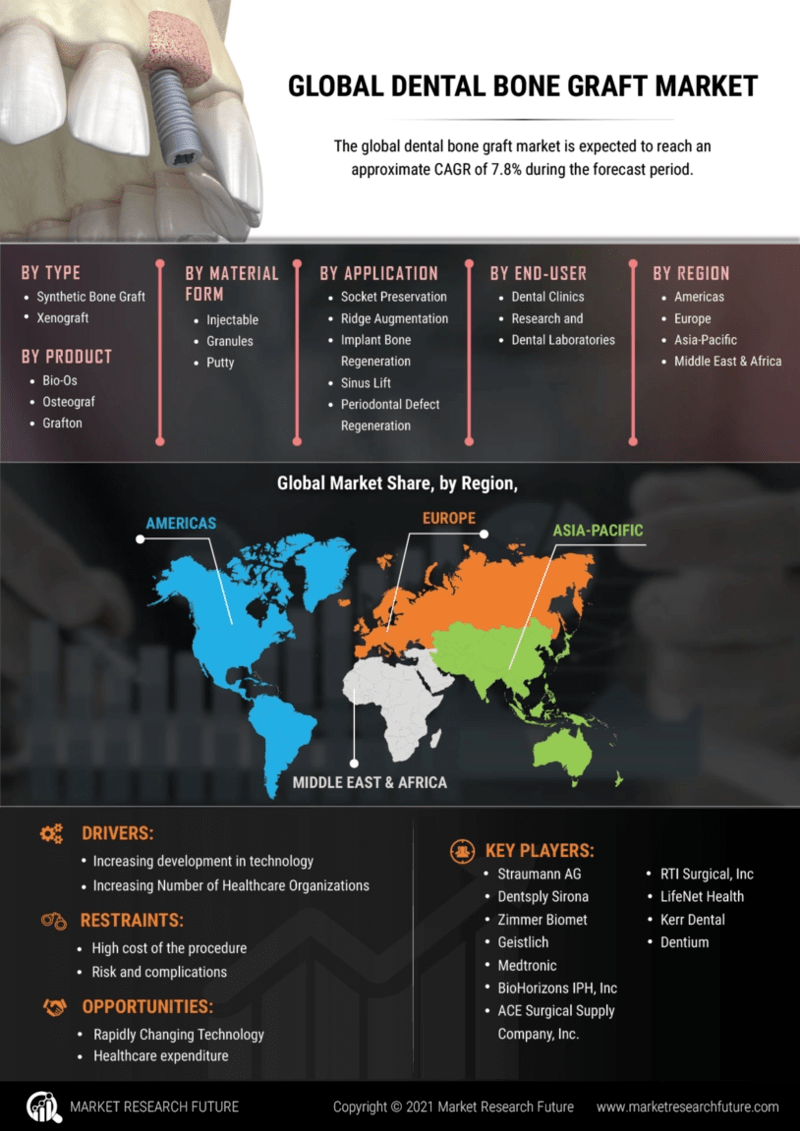

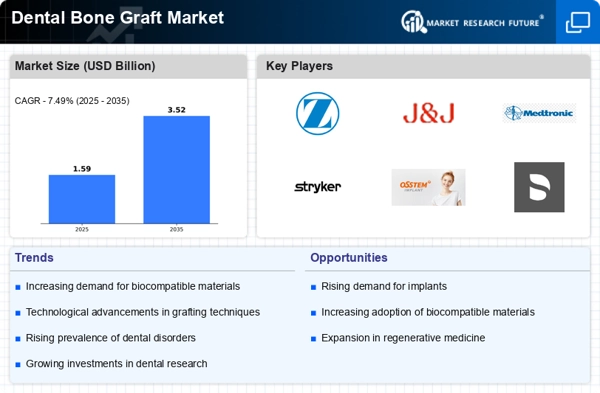
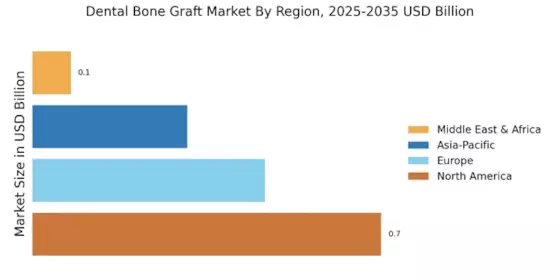
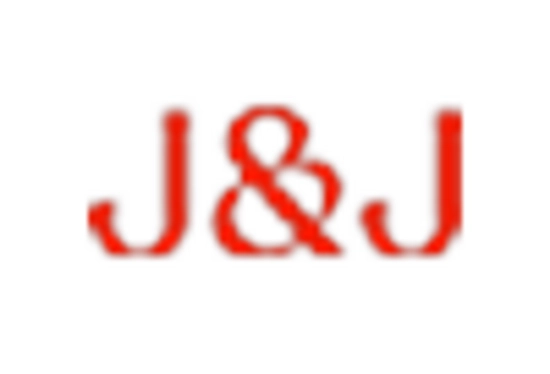
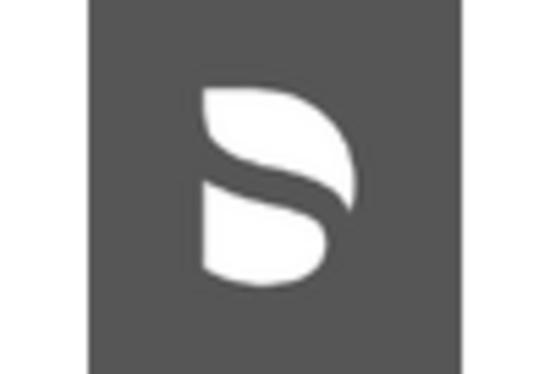

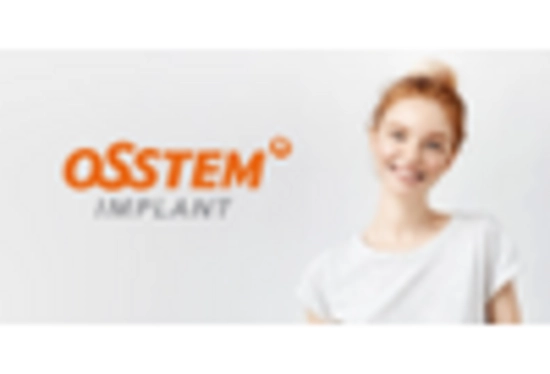










Leave a Comment